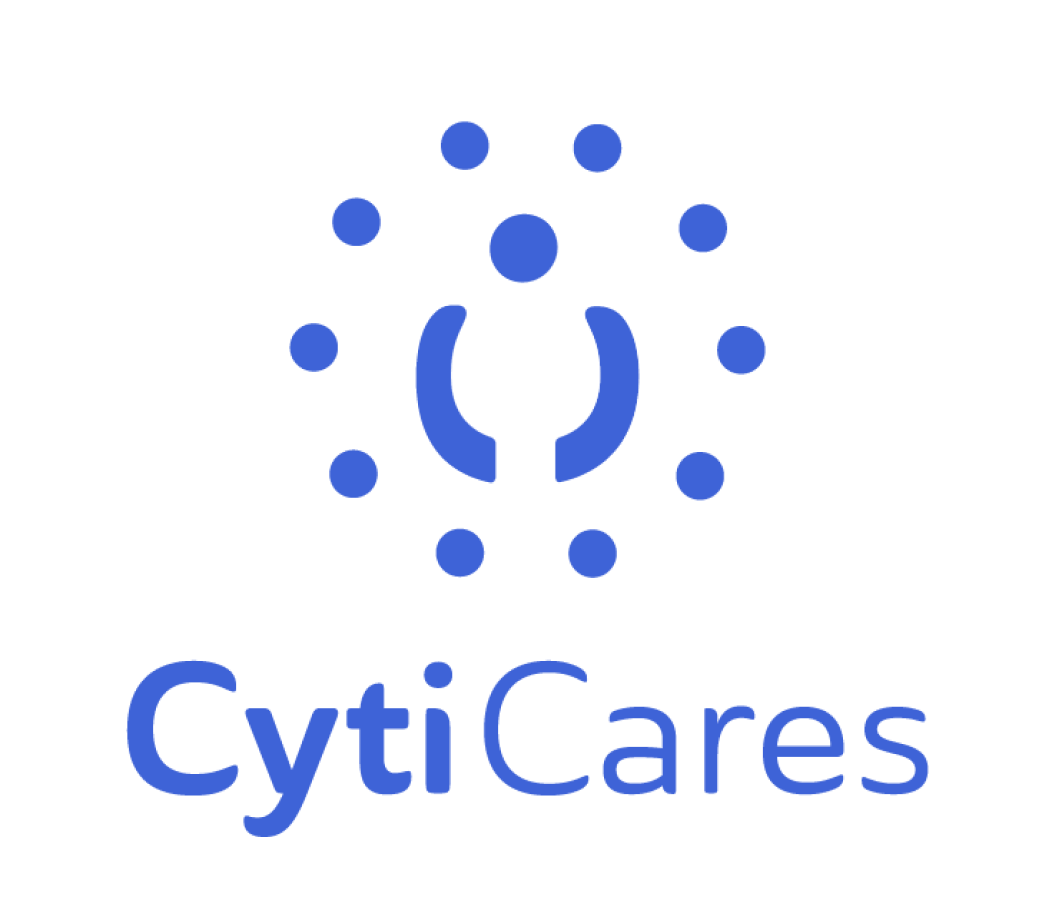EMDR
Eye Movement Desensitization and Reprocessing (EMDR) is not a new therapeutic technique, but many people are still unfamiliar with the benefits of this therapy. EMDR was developed in the 1990s to help trauma survivors and others who want to work through damaging events in their lives without discussing the painful specifics of past events.
Studies have shown that EMDR is effective. It can provide quick relief from symptoms of post-traumatic stress disorder (PTSD) and complex post-traumatic stress disorder (CPTSD). Explore our site to see the potential of EMDR to improve your quality of life, and when you’re ready, Begin Here.












